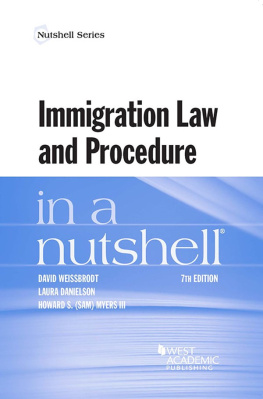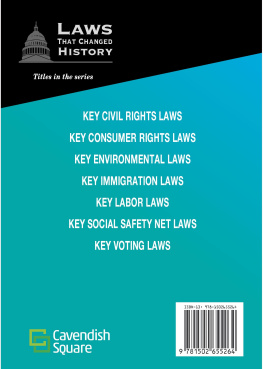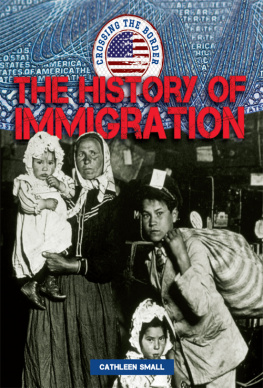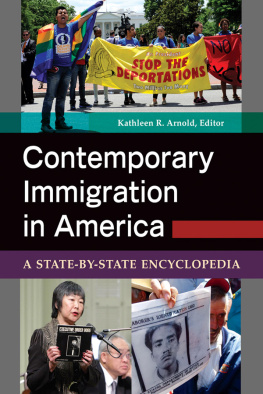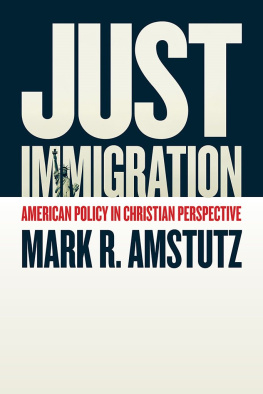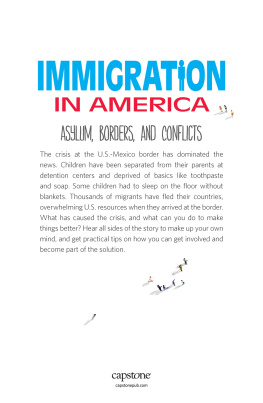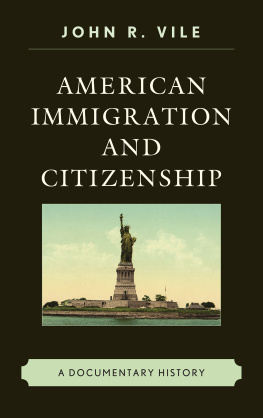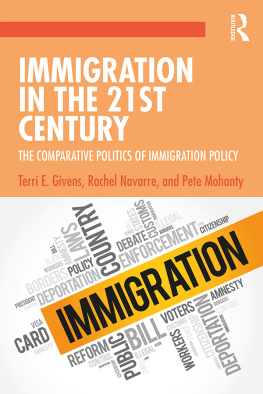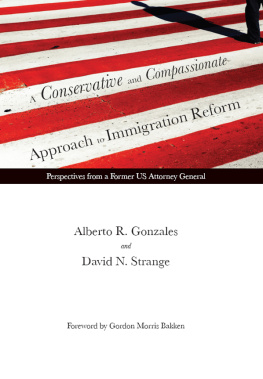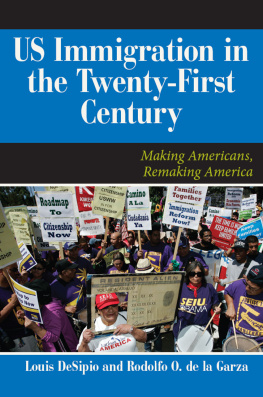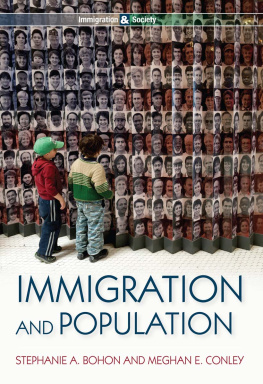WEST ACADEMIC PUBLISHINGS LAW SCHOOL ADVISORY BOARD
JESSE H. CHOPER
Professor of Law and Dean Emeritus,
University of California, Berkeley
JOSHUA DRESSLER
Distinguished University Professor, Frank R. Strong Chair in Law
Michael E. Moritz College of Law, The Ohio State University
YALE KAMISAR
Professor of Law Emeritus, University of San Diego
Professor of Law Emeritus, University of Michigan
MARY KAY KANE
Professor of Law, Chancellor and Dean Emeritus,
University of California, Hastings College of the Law
LARRY D. KRAMER
President, William and Flora Hewlett Foundation
JONATHAN R. MACEY
Professor of Law, Yale Law School
ARTHUR R. MILLER
University Professor, New York University
Formerly Bruce Bromley Professor of Law, Harvard University
GRANT S. NELSON
Professor of Law, Pepperdine University
Professor of Law Emeritus, University of California, Los Angeles
A. BENJAMIN SPENCER
Earle K. Shawe Professor of Law,
University of Virginia School of Law
JAMES J. WHITE
Robert A. Sullivan Professor of Law Emeritus,
University of Michigan
IMMIGRATION LAW AND PROCEDURE
IN A NUTSHELL
SEVENTH EDITION
DAVID WEISSBRODT
Regents Professor of Law and
Fredrikson & Byron Professor of Law
University of Minnesota Law School
LAURA DANIELSON
Immigration Group Chair,
Fredrikson & Byron P.A., and
Adjunct Professor of Law
University of Minnesota Law School
HOWARD S. (SAM) MYERS III
Myers Thompson P.A., and
Adjunct Professor of Law
University of Minnesota Law School

The publisher is not engaged in rendering legal or other professional advice, and this publication is not a substitute for the advice of an attorney. If you require legal or other expert advice, you should seek the services of a competent attorney or other professional.
Nutshell Series, In a Nutshell and the Nutshell Logo are trademarks registered in the U.S. Patent and Trademark Office.
COPYRIGHT 1984, 1989, 1992 WEST PUBLISHING CO.
West, a Thomson business, 1998
2005, 2011 David Weissbrodt and Laura Danielson
2017 David Weissbrodt, Laura Danielson, Howard S. (Sam) Myers III
West, West Academic Publishing, and West Academic are trademarks of West Publishing Corporation, used under license.
Printed in the United States of America
ISBN: 978-1-68328-898-5
PREFACE: NEW CHALLENGES TO IMMIGRATION LAW
While most of this volume focuses on the broad structures, norms, and procedures of immigration law developed over decades, President Donald Trump and his new administration have brought particular attention in 2017 to several aspects of immigration law. President Trump made immigration law and policy a focal point of his campaign. Speaking to his supporters, President Trump promised to prioritize the jobs, wages and security of the American people , by establish[ing] new immigration controls to boost wages and to ensure that open jobs are offered to American workers first. To achieve these goals, President Trump pledged to build a wall along the United States-Mexico border; to deport millions of immigrants living in the United States; to repeal President Obamas key executive actions like Deferred Action for Childhood Arrivals ( DACA); to block federal funding to so-called sanctuary cities; and to prevent Muslim immigrants from entering the country. As President Trump took office, the question remained of whether he and the Congress would deliver on his promises.
As this seventh edition goes to press, the anxiety, confusion, and legal disputes continue. What follows are some highlights of developments related to the above events, other executive orders, and implementing agency memoranda. The Trump presidency is likely to alter immigration laws significantly, unless Congress raises concerns. President Trump has selected Alabama Republican Senator Jeff Sessions, someone who has been labelled an immigration hard-liner, as his nominee for Attorney General, and retired General John Kelly as the head of the Department of Homeland Security. With these two controversial selections, President Trump has signaled that he will begin commanding border patrol agents to enforce the law much more strictly. Enforcement could entail turning immigrants away at the border, imprisoning and deporting undocumented immigrants residing in the United States, and deporting undocumented immigrants whom the government already knows are present in the United States, including individuals who may have registered for deferred action.
I.The Wall on the Border with Mexico
President Trump promised to begin building immediately an impenetrable physical wall stretching more than 1,900 miles on the U.S. border with Mexico. This campaign promise was addressed in his Executive Order of January 25, 2017, entitled Border Security and Immigration Enforcement Improvements. The wall could conceivably cost between twelve and twenty-five billion dollars to build. In another one of President Trumps signature campaign promises, he vowed to make Mexico pay for the wall. Using a provision of the Patriot Act, President Trump indicated he would promulgate a proposed rule blocking wire transfers from illegal aliens ( i.e . , individuals unable to prove lawful residence status) to individuals living in Mexico. President Trump also proposed unsuccessfully to negotiate with Mexico to contribute to building the wall by increasing tariff rates and visa fees.
It is unclear whether President Trumps administration will succeed in building the wall. Beyond the cost of the project, the wall will likely be logistically difficult to accomplish. In addition, building a wall along the border, extending the fence that already exists, and/or bolstering security along the border, will likely require major appropriations from Congress. Further, restricting the number of visas given to individuals entering the country legally would also require legislation. These hurdles cast doubt on the idea that President Trump will deliver on his campaign promise of voluntarily ostracizing the United States from its southern neighbor. Even if the wall is not built in the coming years, however, the mere suggestion of such an approach to immigration law and policy will relegate many immigrants to second class status.
II.Mass Deportations
Shortly after his election in November 2016, President Trump acted on his promises to remove millions of immigrants currently residing in the United States. In the early days of his campaign, President Trump promised to remove nearly 11 million undocumented migrants residing in the United States. Although President Trump shifted his messaging and goalsat least in rhetoricaway from his harsh promise to deport all undocumented migrants to removing those persons with criminal records, the reality is that millions of immigrants face uncertain futures in a Trump presidency. This issue was also addressed in President Trumps Executive Order on Border Security and Immigration Enforcement Improvements, along with using state and local law enforcement personnel to enforce immigration laws, criminally prosecuting offenses having a nexus to the southern border, and using the expedited removal authority more aggressively to remove undocumented immigrants at the border.
President Trumps executive orders lack sufficient detail to evaluate the feasibility of issues such as how the federal government will pay for the removal efforts; the timeline for the removal operations; who exactly will be subject to removal; to where will individuals be removed; and what happens when the immigrants country of origin refuses to accept the removed immigrant.

